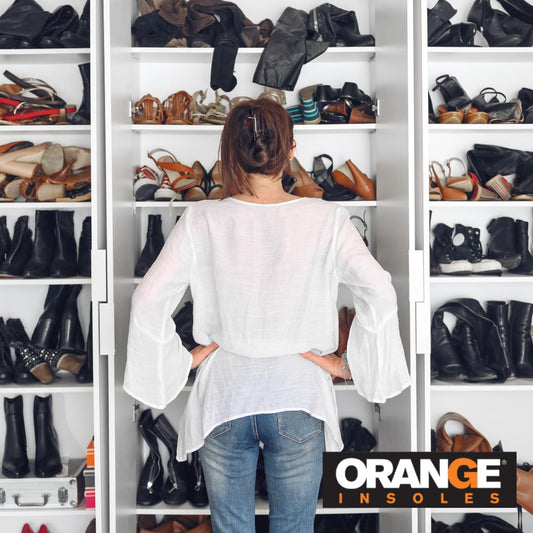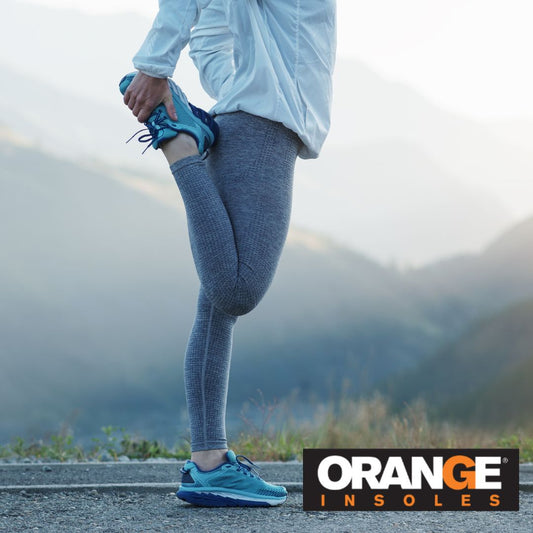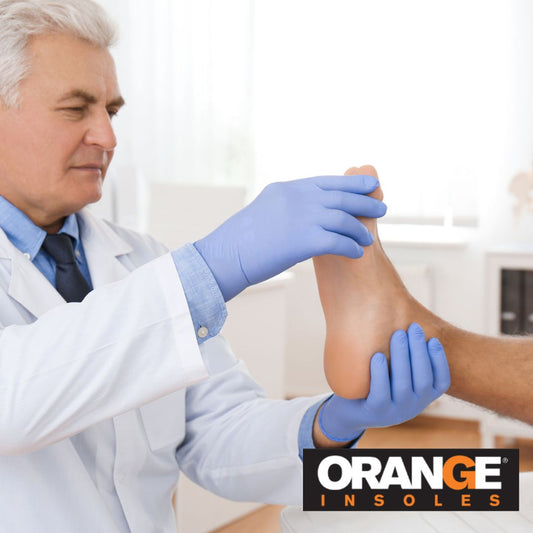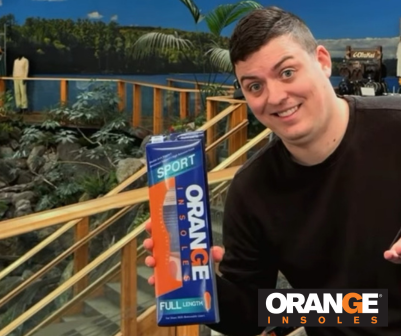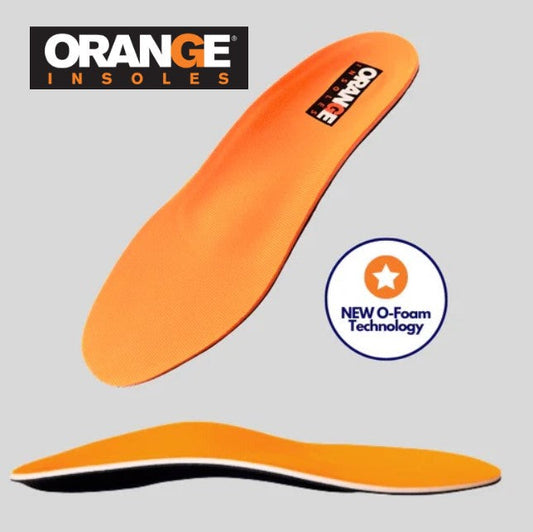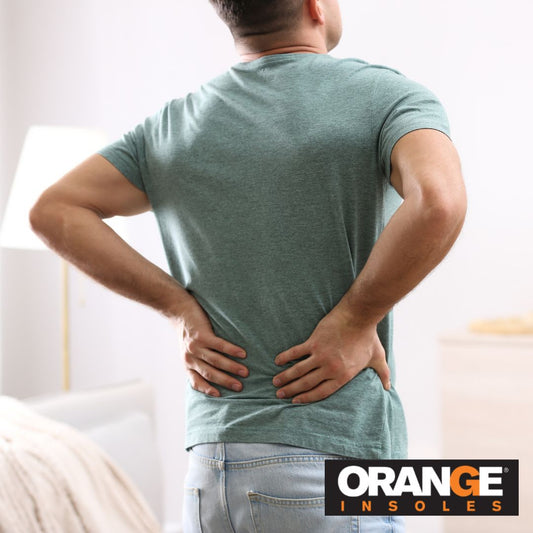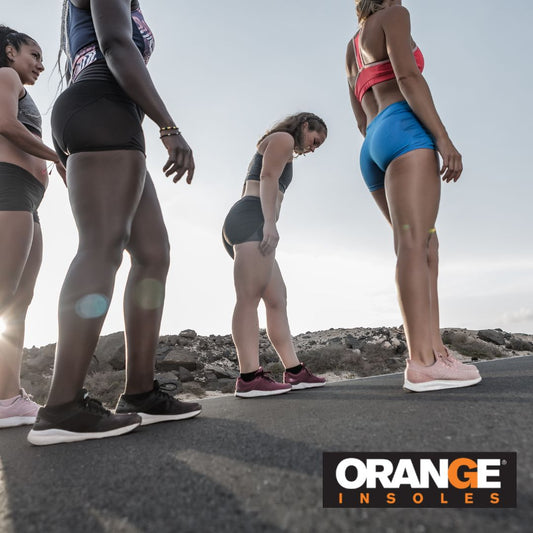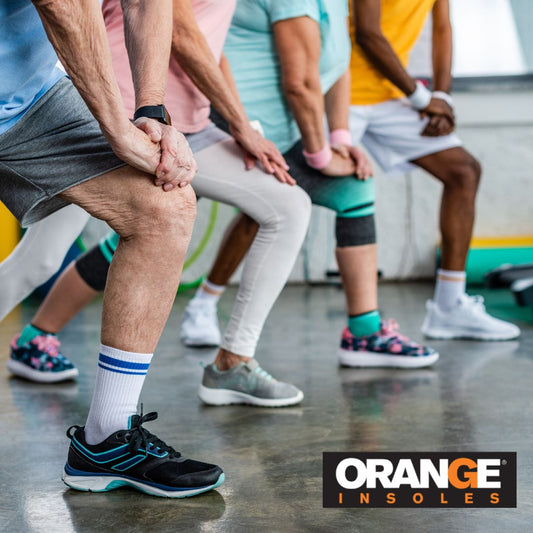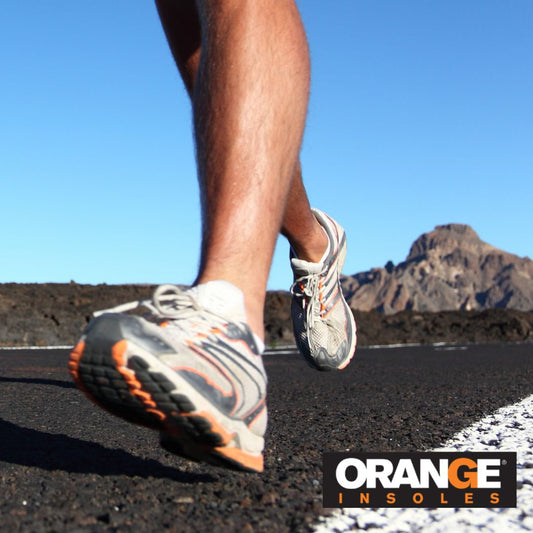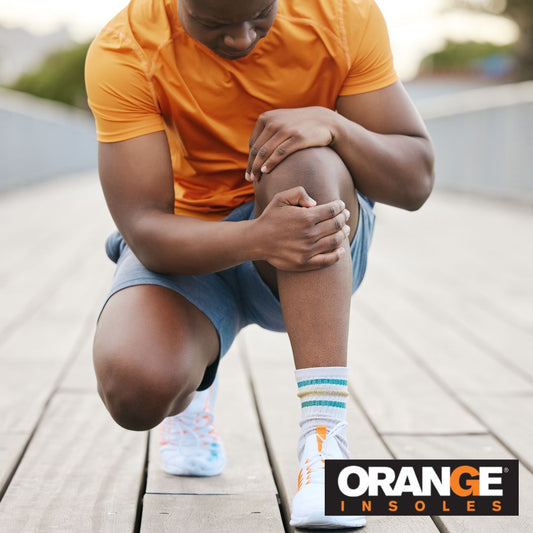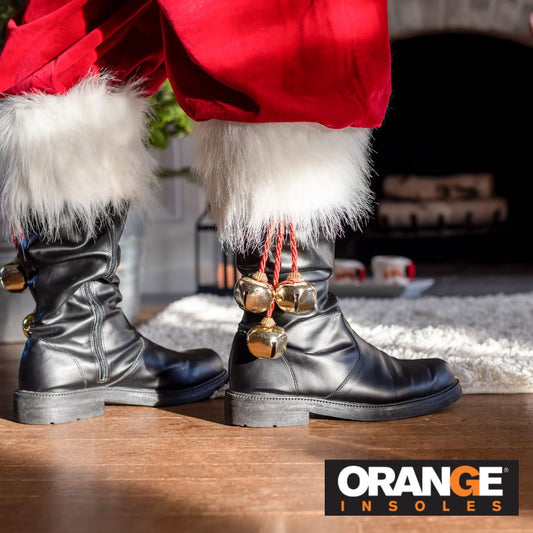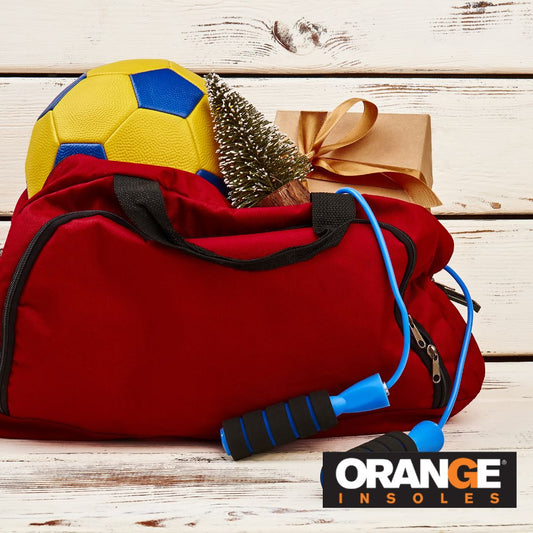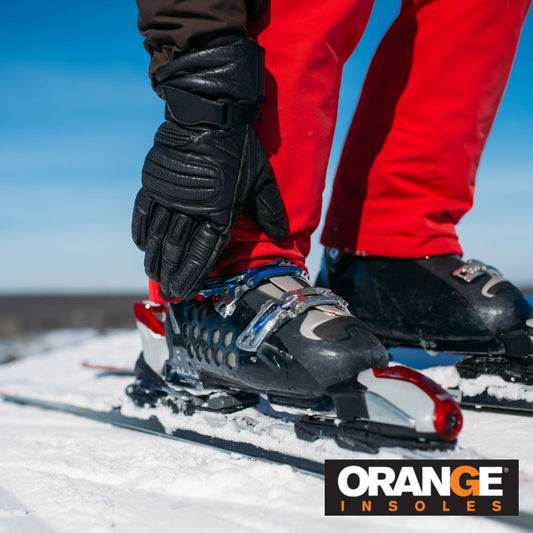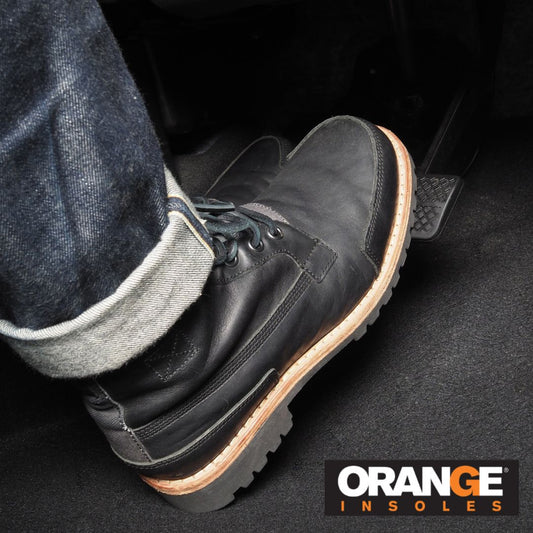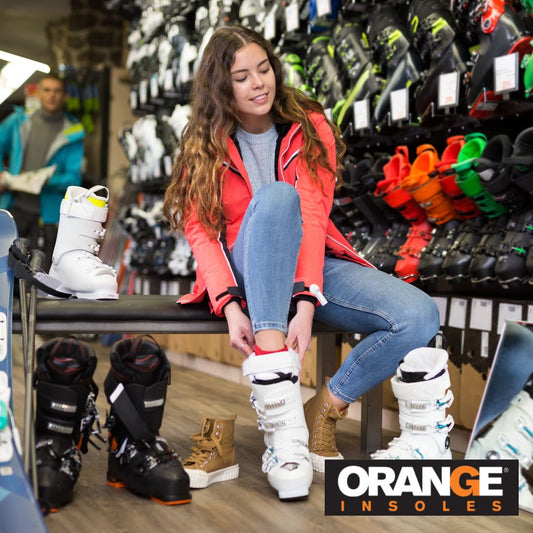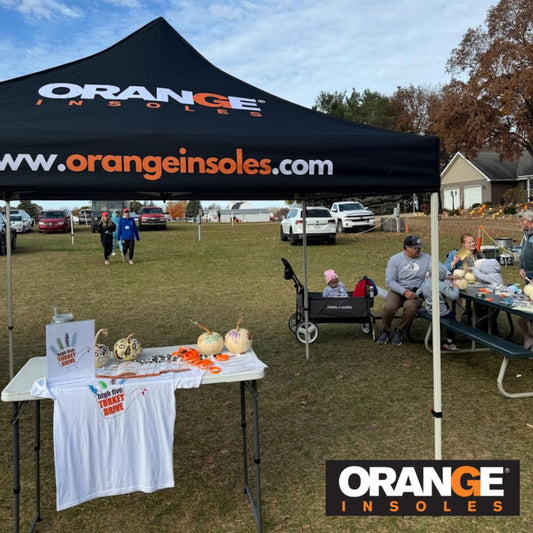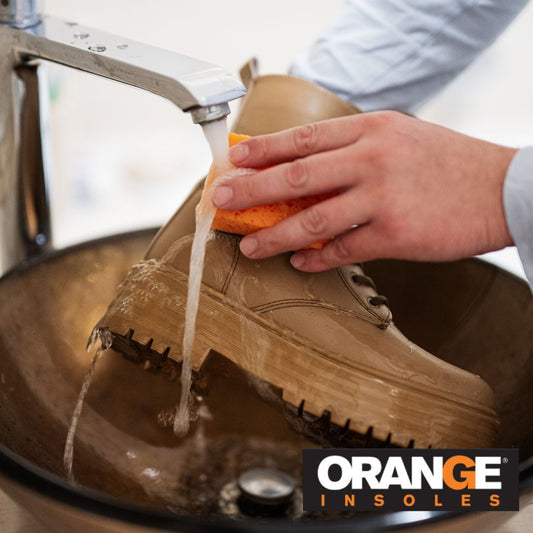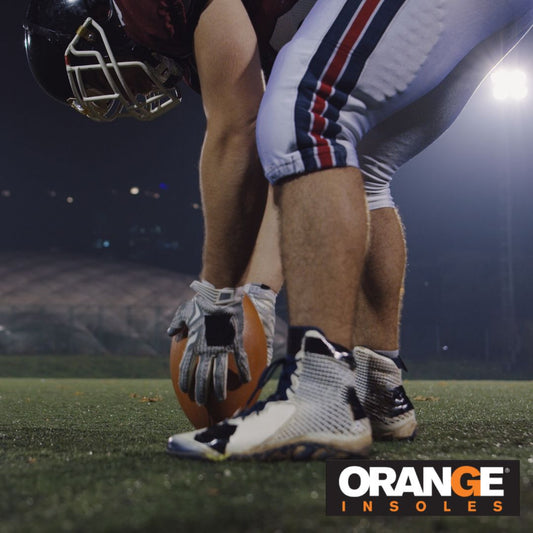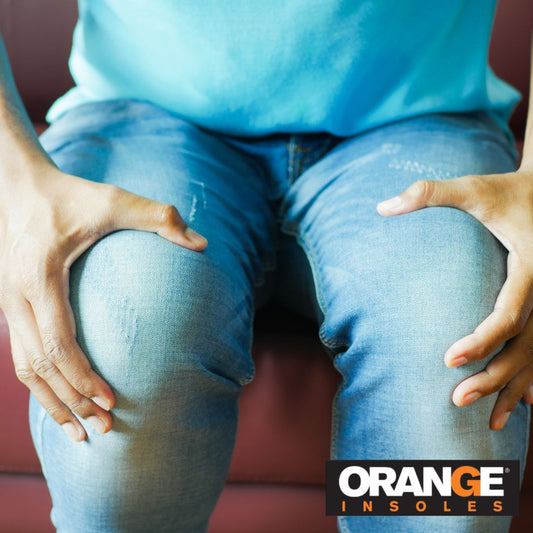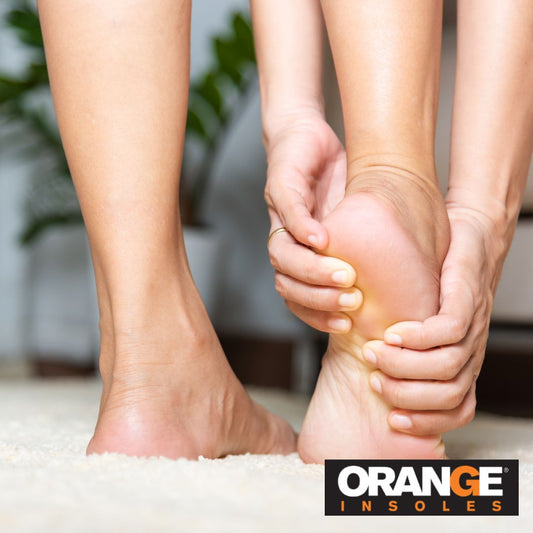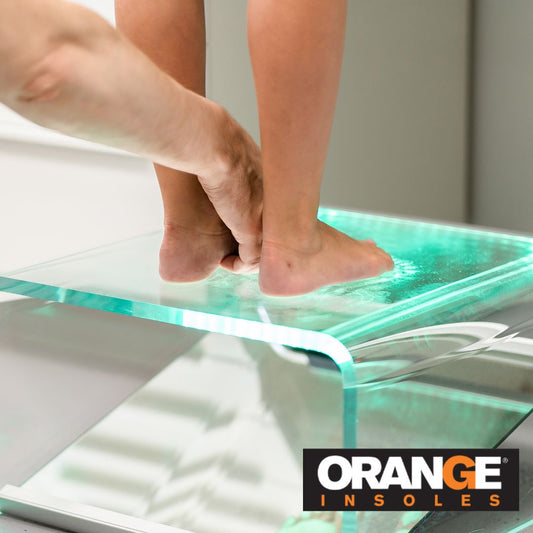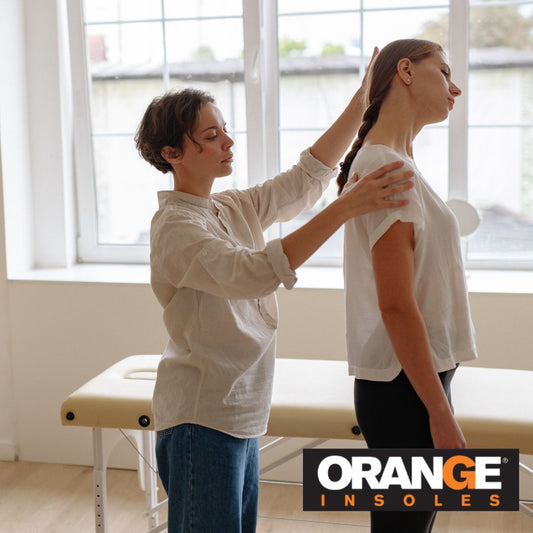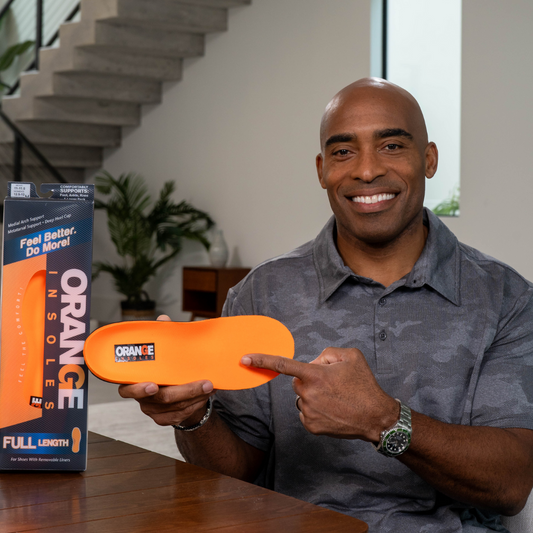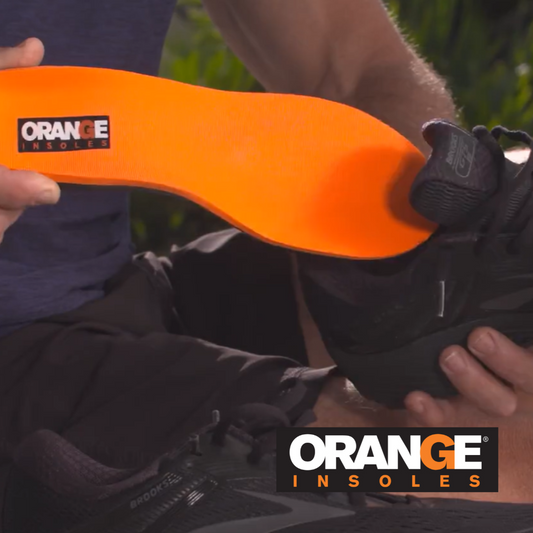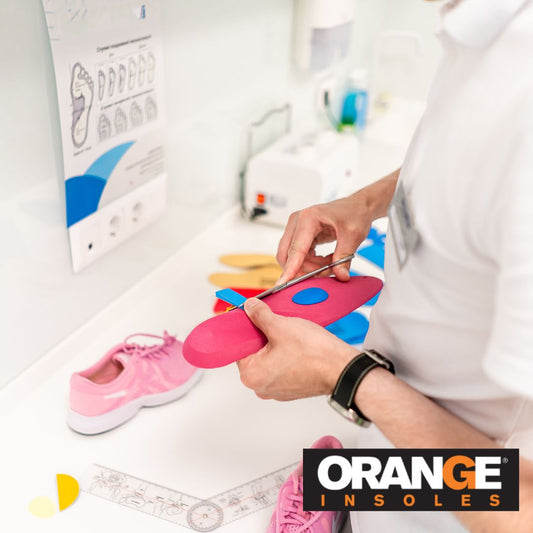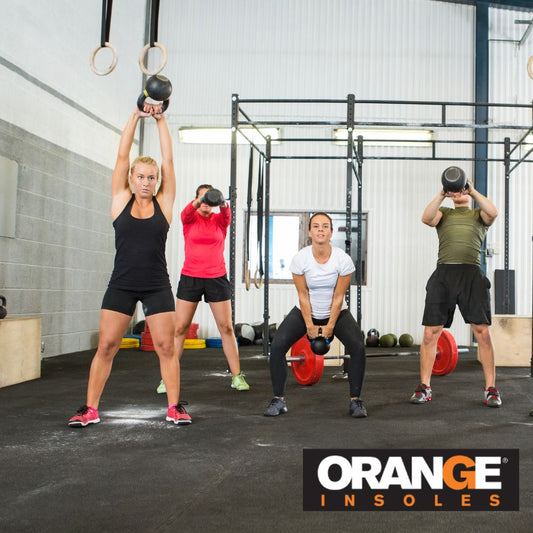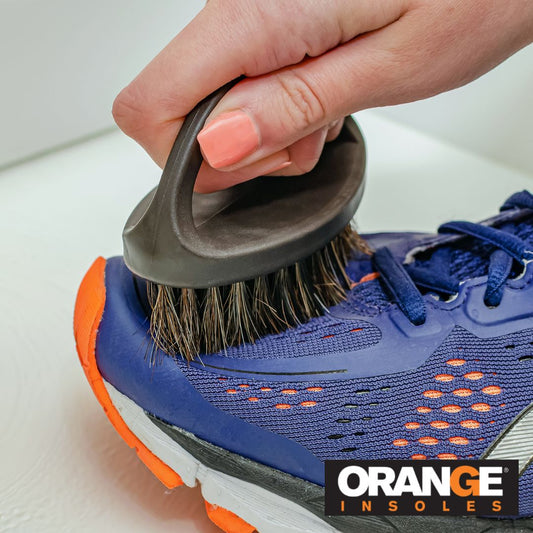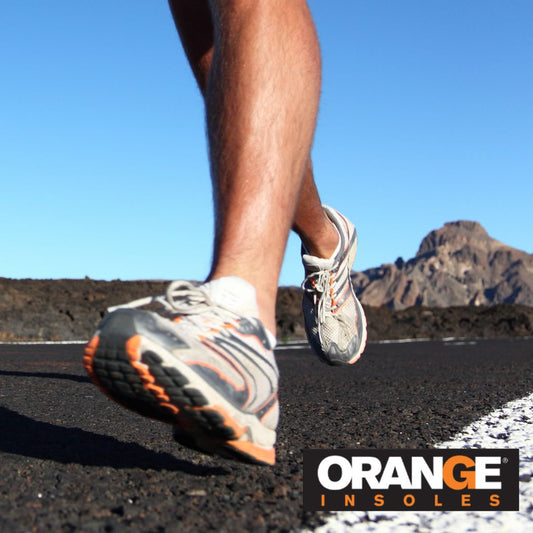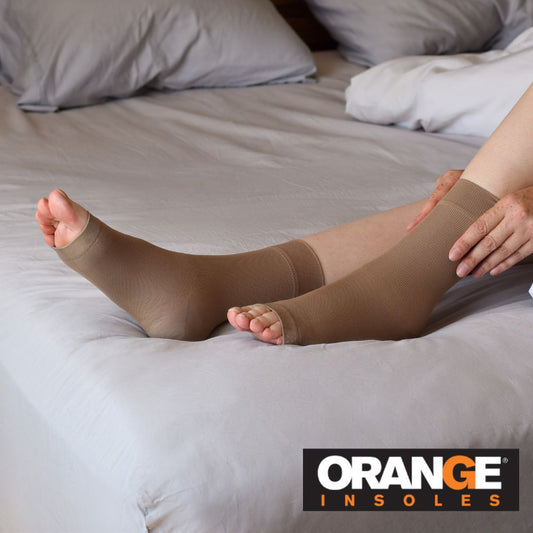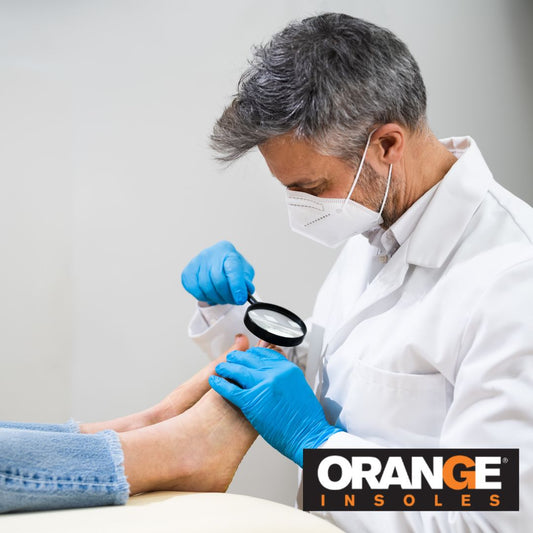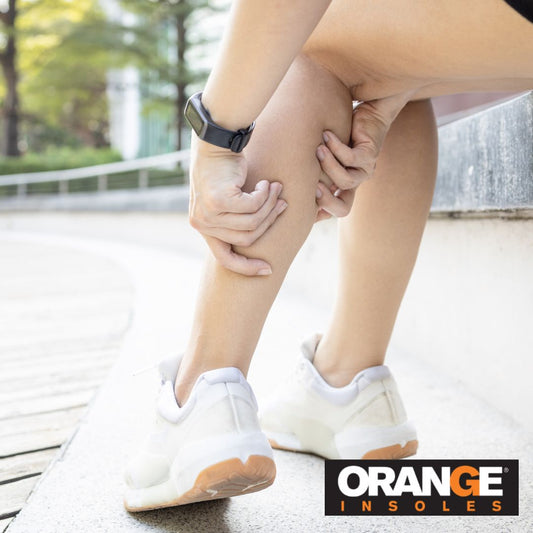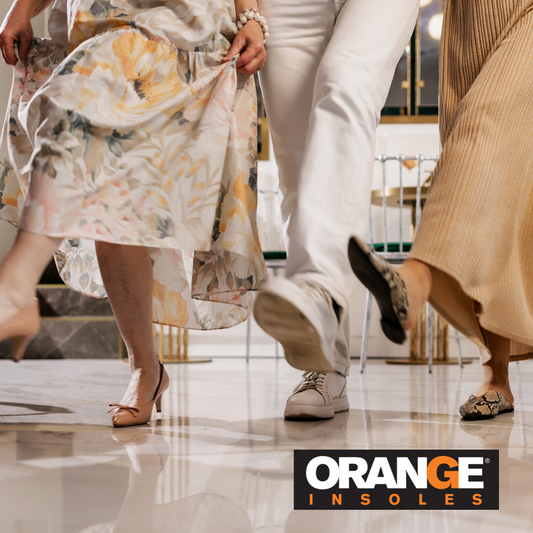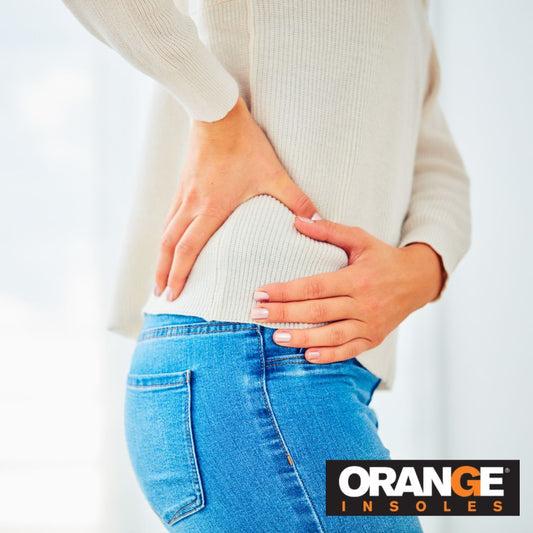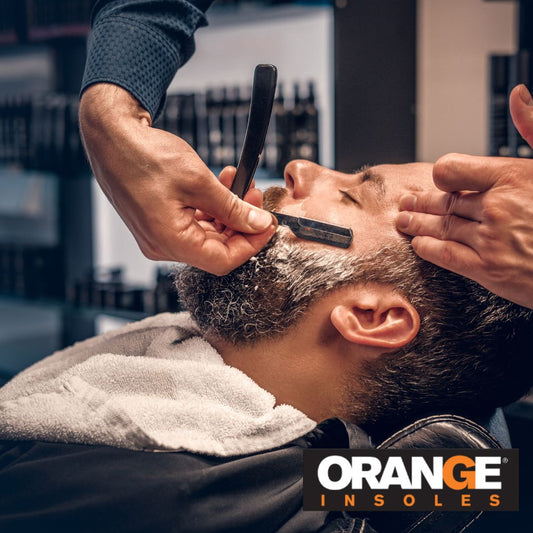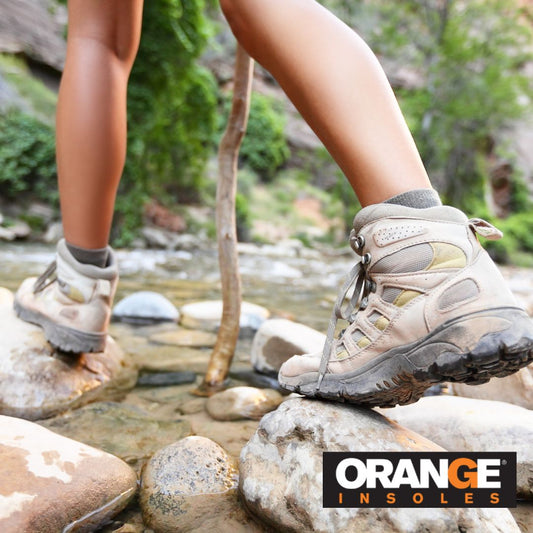As kids, we all remember those trips to the shoe store. We remember getting our feet measured or, more likely, playing with the measuring machine (called a Brannock device) while exasperating our parents because we wouldn’t stand still.
While measuring our feet on a regular basis is something we all encounter during childhood, most people stop once they reach adulthood. After all, your feet are one part of the body that will stay the same size throughout your adult life, right?
Wrong.
In reality, our feet can change size and shape over the years due to a range of issues such as age, weight change, exercise habits, and health conditions relating to the feet. As such, it’s important to get your feet measured every time you get a new pair of shoes.
Why Fit Matters
A quarter of an inch here or a quarter of an inch there may not seem important. However, wearing shoes that are the wrong size can have significant repercussions for your whole body.
After all - your feet are you’re body’s foundation, and everything’s connected.
How Feet Change
To get a sense for how your feet can change, it’s important to remember a bit about how the foot is constructed.
Source: WebMD
Your foot is made of up bones, muscles, and tendons that are all connected. If you turn your attention to the arch, it’s easier to see how changes in the arch could impact the length of the foot.
For example, a higher arch leads to a shorter foot. A lower arch leads to a longer foot.
As your body changes, it’s likely that your arch collapses a bit over time, causing your foot to lengthen a bit. But, that “bit” can be the difference between a size 9 and a 9.5. Between healthy breathing room for your foot and shoes that are too tight.
Shoes that are too Loose
It might seem like the ‘obvious’ solution is just to wear shoes that are looser than you’re used to. However, wearing shoes that are too loose may result in poor support, further collapsing your arch. Loose shoes may also increase the likelihood of tripping and falling. For the elderly especially, falling can be dangerous.
Loose shoes may also put too much pressure on the shins to compensate for the poor weight distribution provided by the shoe, especially if the arch isn’t supported properly. This pressure can lead to shin splints, misalignment, increased torque on your knees or hips and, ultimately, pain.
And, of course, we’re all familiar with blisters. Often, blisters will appear due to friction between the dead space created when a shoe is too loose.
Tight Shoes
On the other hand, shoes that are too tight can restrict blood circulation in and through the toes. In effect, tight shoes are pinching the nerves in your foot. This can cause a sensation like your foot is falling asleep and cause discomfort.
While rare, shoes that are too tight might also cause toenail or toe damage because of insufficient blood flow. If left unresolved, severe damage could eventually occur. Again, this is rare, but important to know.
How Shoes Should Fit?
So, how should shoes fit? The answer is: it depends on the type of shoe. For example, a running shoe or work boot should be a little looser than a dress shoe or high heel. Your forefoot widens and toes spread out when you’re running, so more room is necessary.
Dimensions of Fit
When considering new shoes, there are three dimensions of fit to attend to:
- Length
- Width
- Volume
The length of your foot is the one we generally think of: “I wear a size 12” or “I need a size 7.” This is measured through the end of your longest toe. In general, you want a quarter to a half an inch between the end of your toe and the end of the shoe.
The width of your foot is measured in letters. The ‘higher’ the letter, the wider the foot. For example, a “D” is narrower than an “E” and so forth.
Here, you want to start at your arch and lightly squeeze up to the forefoot. You’re looking for ‘dead space,’ the kind that can cause blisters or too much lateral movement.
Finally, the volume of the foot relates to the ‘height’ of your foot or the top of your arch. Volume relates most closely to width: the more volume your foot has, the wider you might need the shoe to be so that its not too tight.
Measuring Your Feet
These variables are why you should get your foot measured every time your shoes are getting worn out and it’s time to get a new pair of shoes.
This is what a Brannock device (that thing we used to play with as kids) does.
To measure the foot accurately, stand up straight and put your heel against the cup. Look down over the end of your foot and look to see what the length measurement is. Use the moveable width bar to ascertain the appropriate width (e.g. ‘letter) measurement.
You can use the arch length pointer to get a sense for arch length. A longer arch might mean a longer shoe. For example, if you typically wear a size 10, but have an arch length of 11, you may want to go up a shoe size.
Source: Brannock.com
Of course, most shoe stores will have someone available to measure your feet for you. As an aside, European shoe brands like Birkenstock or Dansko will use a metric system of measurement, so make sure you’re using the right Brannock device (or have a conversion chart).
Finally, when buying new shoes, make sure you take the socks with you that you’re going to wear (typically) with the shoes, so that you can assess the fit under ‘common’ circumstances. That’ll ensure the best fit.
How Insoles Impact Fit
The most important aspect of finding the right footwear is to take your situation into account. If you often wear an insole, you want to take them with you when choosing shoes. Otherwise, the perfect fit could become too tight when you make the change. For instance, an insole that doesn’t match the width of the shoe can be troublesome over time. Or, one that props up your arch might add more volume to your foot.
Remember, different insoles work better with different shoes. Orange Insoles has 3 different options in order to accomodate most types of shoes, so that you don’t have ever have to sacrifice support for style.
Use our Insole - Shoe matchmaker!
Regardless of whether you use our insoles or not, remember to measure your foot every time you buy new shoes. Your feet - your body - will thank you for it.







